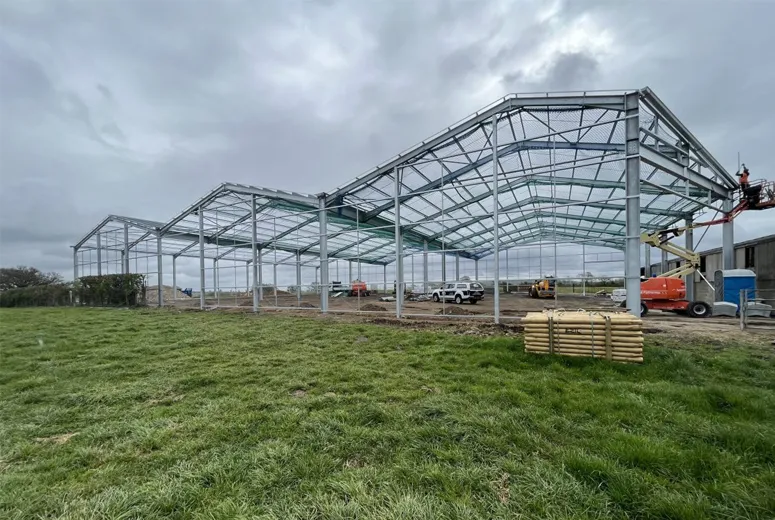- Afrikaans
- Albanian
- Amharic
- Arabic
- Armenian
- Azerbaijani
- Basque
- Belarusian
- Bengali
- Bosnian
- Bulgarian
- Catalan
- Cebuano
- Corsican
- Croatian
- Czech
- Danish
- Dutch
- English
- Esperanto
- Estonian
- Finnish
- French
- Frisian
- Galician
- Georgian
- German
- Greek
- Gujarati
- Haitian Creole
- hausa
- hawaiian
- Hebrew
- Hindi
- Miao
- Hungarian
- Icelandic
- igbo
- Indonesian
- irish
- Italian
- Japanese
- Javanese
- Kannada
- kazakh
- Khmer
- Rwandese
- Korean
- Kurdish
- Kyrgyz
- Lao
- Latin
- Latvian
- Lithuanian
- Luxembourgish
- Macedonian
- Malgashi
- Malay
- Malayalam
- Maltese
- Maori
- Marathi
- Mongolian
- Myanmar
- Nepali
- Norwegian
- Norwegian
- Occitan
- Pashto
- Persian
- Polish
- Portuguese
- Punjabi
- Romanian
- Russian
- Samoan
- Scottish Gaelic
- Serbian
- Sesotho
- Shona
- Sindhi
- Sinhala
- Slovak
- Slovenian
- Somali
- Spanish
- Sundanese
- Swahili
- Swedish
- Tagalog
- Tajik
- Tamil
- Tatar
- Telugu
- Thai
- Turkish
- Turkmen
- Ukrainian
- Urdu
- Uighur
- Uzbek
- Vietnamese
- Welsh
- Bantu
- Yiddish
- Yoruba
- Zulu
Sep . 28, 2024 19:33 Back to list
Understanding Weld Plates for Metal Buildings
When it comes to modern construction, metal buildings have become increasingly popular due to their strength, durability, and versatility. One of the key components in the assembly of these structures is the weld plate. In this article, we will delve into the significance of weld plates, their applications in metal buildings, and the various considerations that must be taken into account when designing and using them.
What are Weld Plates?
Weld plates, often referred to as weld tabs or plates, are flat pieces of metal that are pre-fabricated for the purpose of joining two or more components together through welding. These plates can be made from various materials, with steel being the most common due to its structural integrity and ease of welding. The primary function of weld plates is to provide a strong, rigid connection between different sections of a metal building, ensuring that the entire structure is stable and capable of bearing loads.
The Importance of Weld Plates in Metal Construction
Metal buildings are designed to endure various environmental stresses, including wind, snow, and seismic activity. To achieve this, the connection points between structural components must be robust. Here are several reasons why weld plates are crucial in metal constructions
1. Enhanced Strength and Stability By providing a larger surface area for welding, weld plates help to enhance the overall strength of the joints, making them less susceptible to failure under load.
2. Ease of Assembly Weld plates simplify the assembly process. They ensure that components can be quickly and accurately aligned before the welding process, speeding up construction times and reducing labor costs.
3. Versatility in Design Weld plates can be designed in various sizes and configurations, allowing engineers and architects to customize connections based on specific structural requirements and loads.
4. Reduced Stress Concentration Conventional bolted connections can create stress concentrations around bolt holes. Weld plates distribute loads more evenly, thereby reducing the risk of localized failure in the structure.
Applications of Weld Plates in Metal Buildings
Weld plates find applications in various areas of metal construction, including
weld plates for metal building

- Column Connections They are often used to connect vertical columns to beams, ensuring stability and rigidity in the building frame
.- Roof Framing In roof structures, weld plates help secure the roofing panels to the support system, providing added strength against wind uplift and other forces.
- Bracing Systems Weld plates are utilized in creating bracing systems that bolster the structural integrity of metal buildings, particularly in areas prone to high winds or earthquakes.
- Pre-Fabricated Modules For modular metal buildings, weld plates play a crucial role in connecting pre-fabricated sections during assembly on-site.
Considerations When Using Weld Plates
While weld plates are incredibly advantageous in metal building construction, several factors must be considered during their design and application
1. Material Selection The choice of material for the weld plates should align with the overall material of the building to ensure compatibility in welding and strength.
2. Welding Techniques The type of welding used can impact the effectiveness of weld plates. Techniques such as MIG, TIG, or stick welding may be employed based on specific requirements and conditions.
3. Load Calculations Structural engineers must calculate the loads that weld plates will need to bear to ensure they are designed with sufficient thickness and area.
4. Corrosion Resistance In environments with high exposure to moisture or extreme chemicals, it is essential to choose weld plates that have appropriate coatings or are made from corrosion-resistant materials to prolong their lifespan.
Conclusion
Weld plates are integral to the construction of steel buildings, providing essential strength and stability to structural connections. Their ability to enhance the efficiency of assembly while also ensuring durability under various loads makes them a preferred choice among engineers and builders. By understanding their importance and applying proper design principles, construction professionals can leverage the benefits of weld plates, ensuring that metal buildings stand the test of time. As metal construction continues to evolve, so will the innovations surrounding weld plates, paving the way for even stronger and more resilient structures in the future.
-
How Do Prefabricated Steel Structures Transform Modern Construction?
NewsJul.14,2025
-
How Do Prefabricated Metal Buildings Redefine Modern Construction?
NewsJul.14,2025
-
How Do Prefab Insulated Metal Buildings and Steel Structures Revolutionize Modern Construction?
NewsJul.14,2025
-
How Do Pre - Engineered Steel Structures Redefine Modern Construction?
NewsJul.14,2025
-
Advancing Modular Construction with Prefabricated Metal Structures
NewsJul.14,2025
-
Advancing Industrial Infrastructure with Prefabricated Steel Solutions
NewsJul.14,2025
Products categories
Our Latest News
We have a professional design team and an excellent production and construction team.












